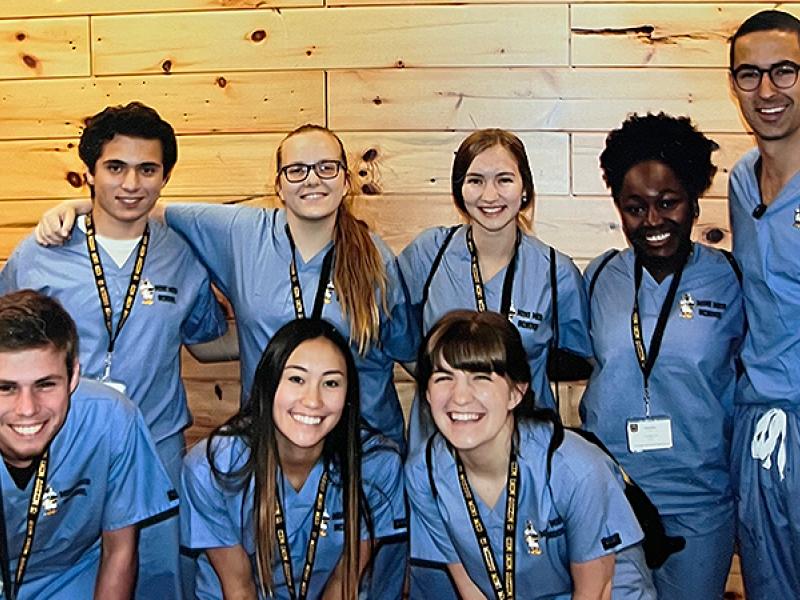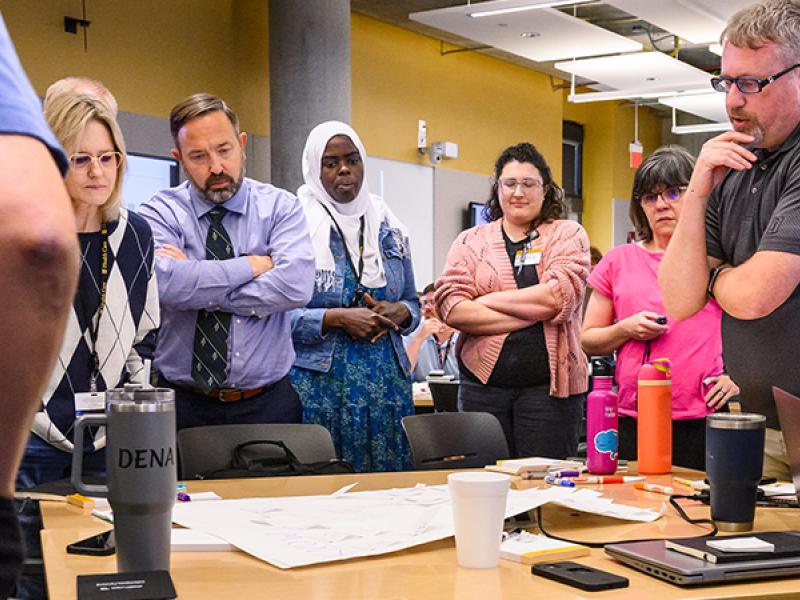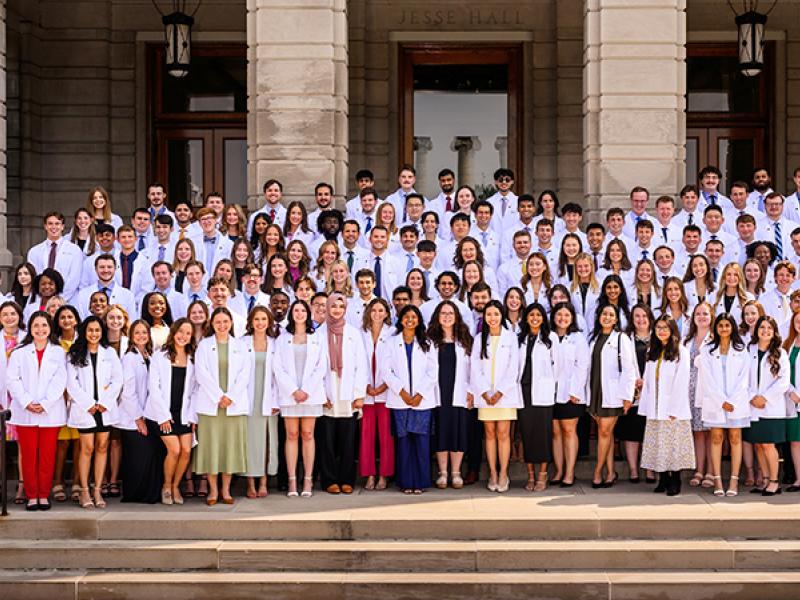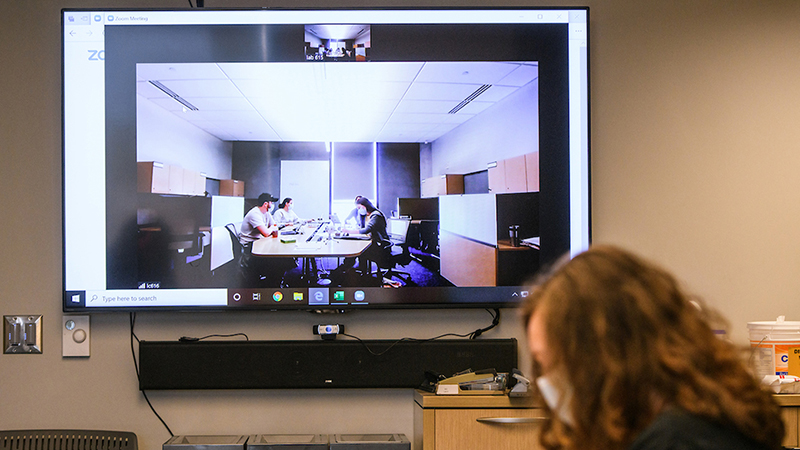
What happens when a medical school that trains students through small-group learning and hands-on clinical experience is confronted with a pandemic? Kevin Kane, MD, the Senior Associate Dean for Medical Education, explains how the MU School of Medicine adapted.
Q: In March 2020, what were the major changes made to educate medical students safely?
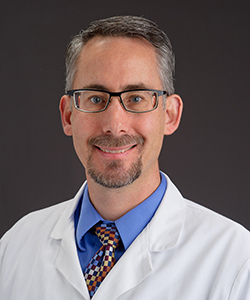
A: With our preclerkship curriculum, we transitioned from in-person to all online classes through the rest of the academic year. We used Zoom videoconferencing for small group and lecture content and assigned online videos for anatomy teaching. All of our exams were done online.
With our clerkship curriculum, we followed the American Association of Medical Colleges’ guidelines and suspended all direct patient care activities at the end of March. Learning continued through the use of online cases, videos, Zoom lectures and independent study assignments. In May, direct patient care resumed with some limitations based on availability of personal protective equipment. Students also were not allowed to care for patients who had — or were suspected to have — COVID-19, and they were required to complete additional infection control modules. As MU Health Care shifted to doing much more patient care through telehealth, students were involved in telehealth visits and remain so today.
Q: How did you modify those policies for the 2020-21 school year?
A: We reconfigured our physical spaces to align with the campus’ Show Me Renewal guidelines for in-person learning. That meant posting room capacity limits and changing seating to adhere to physical distancing guidelines. Plexiglass barriers were installed on lecture room tables, and students were required to wear masks and disinfect their workstations before and after use. Anatomy dissection labs were changed to accommodate fewer students per session and required students to wear PPE.
After vaccinations became available and COVID-19 cases declined in our community, students were allowed to provide routine care to patients with COVID-19, known or suspected, while following required infection control precautions and wearing appropriate PPE. Participation in certain aerosolizing procedures is still restricted. Per AAMC guidelines, M4 away rotations were suspended unless it was for a specialty that wasn’t available at MU or for required military rotations.
Q: How was the COVID-19 pandemic incorporated into the curriculum?
A: We added pieces on mRNA vaccine technology and RNA virology as it relates to COVID-19. We expanded our infection control talk to focus more on COVID-19 and required discussion of appropriate hand-washing, mask and eye protection before performing a history and physical exam. Health disparities related to COVID-19 were discussed in lectures. Learning sessions of observational studies, Infectious Epidemiology, and Public Health and Medicine all had large sections dedicated to discussing COVID-19.
Q: What were your biggest takeaways from this experience?
A: Our faculty members and Med Ed team were amazing and collaborated together extremely well while adapting to changes quickly and creatively in order to continue providing the highest quality educational experience possible given the circumstances and challenges created by the pandemic. Our medical students’ response to the pandemic and the challenges it created was nothing less than stellar. They demonstrated resilience, professionalism, adaptability and grace. Several stepped up to contribute in ways they could through activities such as gathering research data on COVID-19 and helping with COVID-19 testing and administering vaccines.
We were reminded that frequent and transparent communication between faculty and students is very important. We surveyed our students and faculty about their online learning experience this past academic year. A preliminary review shows that faculty and students seem to prefer certain in-person learning strategies versus online learning, particularly in the small-group setting. Technology works well but has its limitations in our patient-based learning curriculum.
Q: Will there be any changes from last year’s protocols in the 2021-22 school year?
A: We’re planning for the return of the medical students to in-person learning this year. We will be closely following the AAMC, CDC and our own institution’s guidelines for medical student learning to reduce the risk of COVID-19 transmission and maximize the safety of our students, staff, faculty and community. This summer, we surveyed our students and faculty regarding their perceptions about their online learning and teaching experience last year. Based on those results, we will continue integrating technology in our classrooms where appropriate, such as in some Zoom-based lectures, pathology lab help sessions and anatomy dissection videos.



